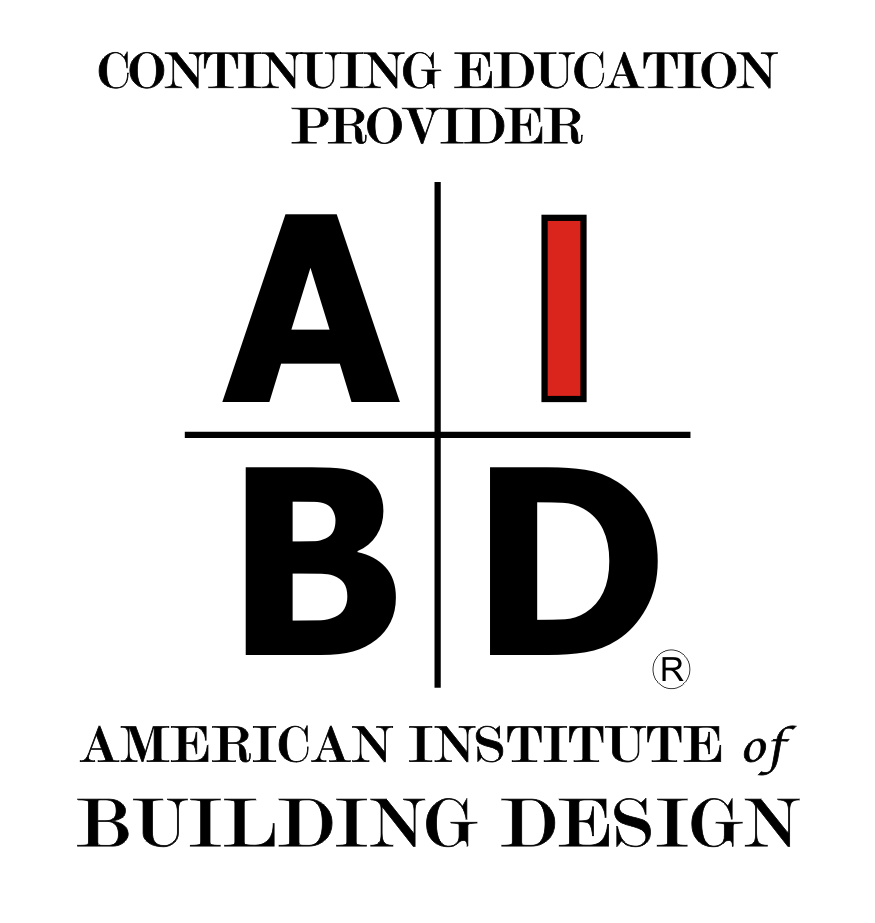Balancing History and Performance: Custom Home Renovation Across Eras
Preserving Character While Designing for Comfort, Efficiency, and Modern Living
Sponsored by Marvin | Presented by Daniel Steger, Jenny & Jeff Guggenheim, and Marta Dzheneva, PE
Webinar On-Demand
Preserving the past while building for the future is one of the most significant challenges and opportunities in custom home design. This webinar explores the delicate balance between remodeling an older or historic home and modern performance, showcasing three unique residential renovation projects across the country: a charming Victorian home in Boston, a sleek mid-century modern in Palm Springs, and a thoughtful renovation of a historic apartment building in downtown Seattle.
Through these diverse case studies, attendees will gain insights into how design professionals maintain architectural integrity while incorporating the modern conveniences, systems, and energy-efficient solutions that today’s homeowners expect. Special attention will be given to fenestration solutions, material selection, and the treatment of historic windows, material selection, and how to integrate new technologies without compromising character.
Daniel G. Steger of DGS/a Architecture + Design will present: 130 Years and 42 Windows Later…
If the eyes are the windows to the soul, then actual windows are the windows to the soul of a home, letting in light to give meaning to interiors, giving the home context via its views to the world beyond, and even becoming part of a residence’s soul themselves by playing key roles in how the home feels and functions. On top of all that, windows play a very practical, tangible role by keeping out drafts and UV rays and holding in heat and AC to minimize utility costs and leave more in the owner’s pocket for disposable income. Architect Daniel G. Steger of DGS/a Architecture + Design will share his own journey of replacing 42 of the 50 windows in his late Victorian without treading on the residence’s historically significant facade, that is, without treading on its soul—but still greatly improving efficiency in reaching comfortable indoor temperatures.
His case study will highlight the decisions, compromises, and unexpected lessons that arise when working to bring nineteenth-century craftsmanship into alignment with twenty-first century standards. Getting it right was arguably even more critical than the home’s HVAC replacement, as any error in window selection or installation would not only be visible, it would also be repeated again and again across nearly every elevation of the house.
Guggenheim Architecture's Jenny & Jeff Guggenheim will present a mid-centuary modern renovation. Located in the Sunrise Park neighborhood in Palm Springs, this substantial remodel reflects iconic desert style while capturing epic San Jacinto views. The original structure, a nondescript tract home, was fraught with termite damage, lacked any level of energy efficiency or thermal comfort, and ignored territorial views of the ubiquitous mountainscape. Beyond the existing footprint and unique pool layout, little of the existing home was worth preserving. Therefore, inspiration for the design was drawn from the surrounding neighborhood with a goal to create a home that draws from the iconic architecture of Palm Springs, while creating an indoor living experience reflective of the reimagined exterior and suitable for year-round living.
California Modernism, the predominant modern architectural style in Palm Springs, heavily influenced our approach to the design. We knew it shouldn’t be a facsimile of iconic historic properties, but should respect the language and strong design culture found in this unique place. We integrated classic modern design elements such as flat roofs, clean lines, high windows with high-performance, large scale, pocketing windows walls and a minimal ribbon clerestory window. The convergence of classic Palms Springs style with modern fenestration culminates in a design that respects the past while looking towards the future.
Marta Dzheneva, P.E. from OAC will share the restoration journey of the Leona Condominiums, a historic 1909 apartment building in Seattle’s Queen Anne neighborhood and a designated city landmark. The project focused on preserving the building’s historic character while improving performance and long-term resilience. As part of a larger exterior remediation effort, the team addressed structural masonry repairs, EIFS cornice and balcony restoration, and the full replacement of deteriorated historic windows and doors.
Facing issues such as water intrusion, air leakage, and lead paint, the team opted for window replacement over refurbishment. Marta led the project including the envelope and fenestration design, selecting aluminum-clad wood windows that matched the historic profiles and met the Seattle Landmark approval. The updated windows offer improved energy efficiency, acoustic comfort, and ease of maintenance, demonstrating how performance upgrades can be achieved without compromising architectural integrity.

Image courtesy of Daniel Steger
 |
Along with designing new homes, Daniel Steger, AIA, brings to life visions for reimagined residential spaces from Beacon Hill, the Back Bay, and Boston’s suburbs to the Florida coast, Texas, Vermont, the Sea of Japan, and other locations. His own home was chosen as the primary set for the Academy Award-winning film American Fiction, and his design work has earned him the top award from the Builders and Remodelers Association of Greater Boston. Along with transforming residences into places his clients seek for their ultimate joy and comfort, Steger’s extracurricular activities include serving as a board member of Envisioning Access. This non-profit organization is dedicated to making it easier for people with physical challenges to live with ease in their own homes. For several years, Steger served as the co-chair of the Boston Society for Architecture’s Residential Design Committee. Topics the committee addressed included creating energy-efficient green homes, custom builds, and technologies to bring residences into a more comfortable future. |
 |
Guggenheim Architecture + Design Studio is a full service architecture and interior design studio based in the Pacific Northwest with projects located throughout the United States. Our ideal residential projects are new builds and extensive renovations that emphasize contextual response to the surrounding environment, inhabitants, and project needs. Our work is highly detailed with an emphasis on quality of craft and materials. We take a holistic approach to our work, ensuring a seamless connection between architecture and interiors. Our commercial portfolio includes boutique-scaled commercial projects including hospitality, food service, beauty & personal care and medical typologies. We thrive on opportunities to create new perspectives for established brands and fresh spaces for new businesses throughout the Pacific Northwest. Our studio is licensed to practice Architecture in the States of Oregon, Washington, and Hawaii. |
 |
Marta Dzheneva, PE , is a senior structural engineer with more than 20 years of experience. She focuses on evaluating, repairing, and retrofitting existing buildings, especially for historical preservation and seismic safety. Marta holds a master’s degree in Structural Engineering and is licensed in Washington, Oregon, and Arizona. She’s also a certified Building Safety Evaluator and WASafe coordinator. Based in the Pacific Northwest, Marta has led important projects like seismic assessments for Snohomish County’s emergency centers and upgrades to Seattle City Hall Plaza. She’s also contributed to historic preservation efforts, including work on the Leona Condominiums and the Colonial Grand Pacific. Over the past 12 years at OAC, she’s used her forensic engineering skills to investigate building issues and design practical, lasting repairs. Marta is known for her careful analysis, creative solutions, and strong teamwork. Her work helps buildings perform better and stay safer during earthquakes, making her a respected voice in the field. |
Marvin is a fourth-generation family-owned and led business, headquartered in Warroad, Minn., with more than 7,000 employees across 16 cities in North America. The Marvin portfolio of products for builders, architects and homeowners is designed to provide exceptional solutions for any project with a focus on creating better ways of living. Marvin products are distributed nationally through a network of independent dealers. Visit Marvin.com to learn more.
Originally published in Architectural Record
Originally published in April 2025
LEARNING OBJECTIVES
- Define historic preservation principles and how they inform design decisions when renovating or remodeling homes from different architectural eras.
- Identify strategies for upgrading building performance—including energy efficiency, indoor environmental quality, and occupant comfort—while maintaining historic elements' visual and structural integrity, such as original windows and façades.
- Explore material and system selections that support long-term durability, resilience, and code compliance in historic homes, while respecting preservation standards.
- Examine real-world case studies to assess how architects and builders have successfully integrated modern systems (HVAC, lighting, insulation, etc.) into historic structures without compromising health, safety, or welfare of occupants.











